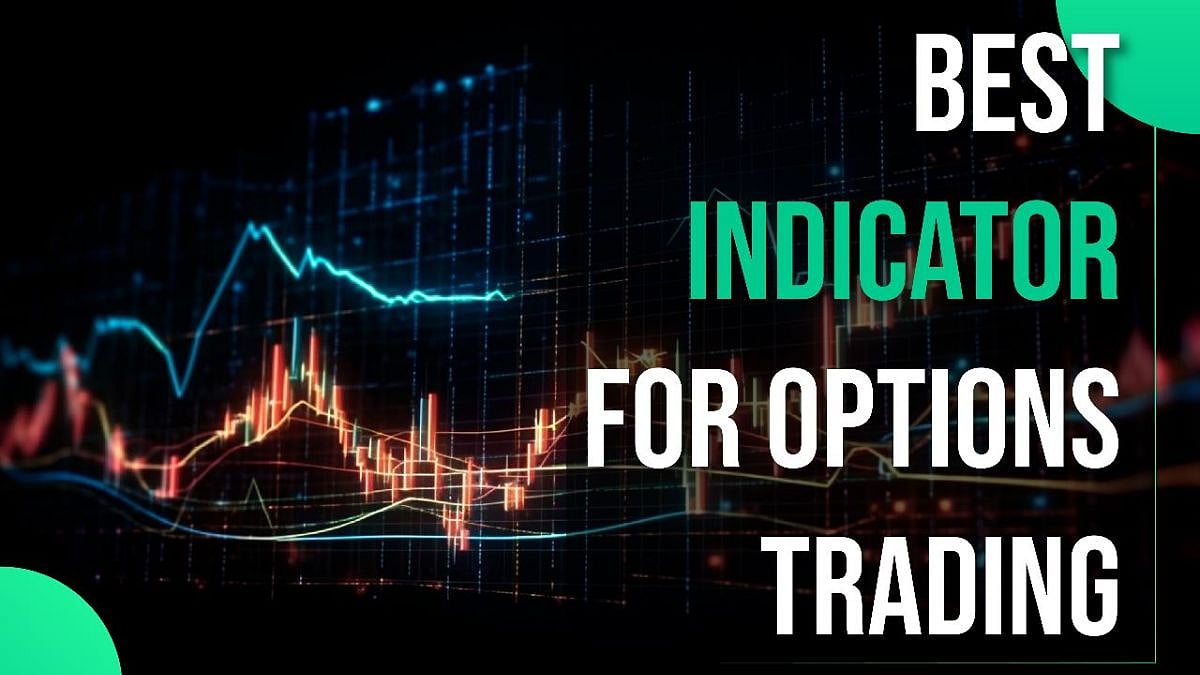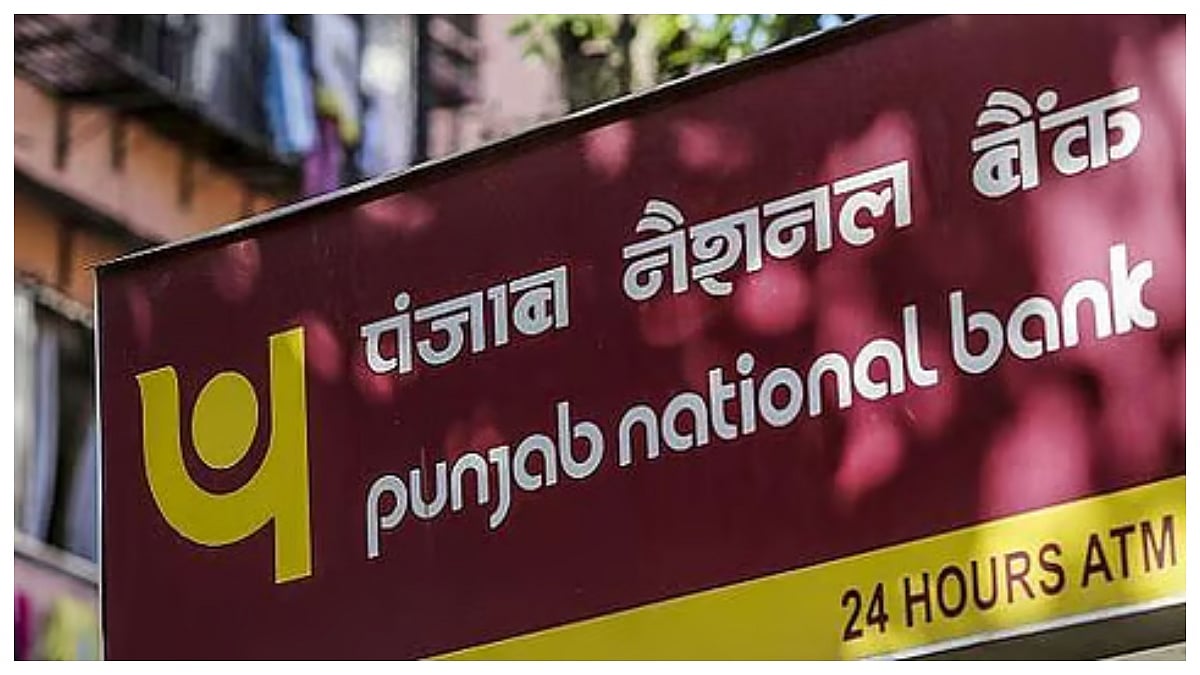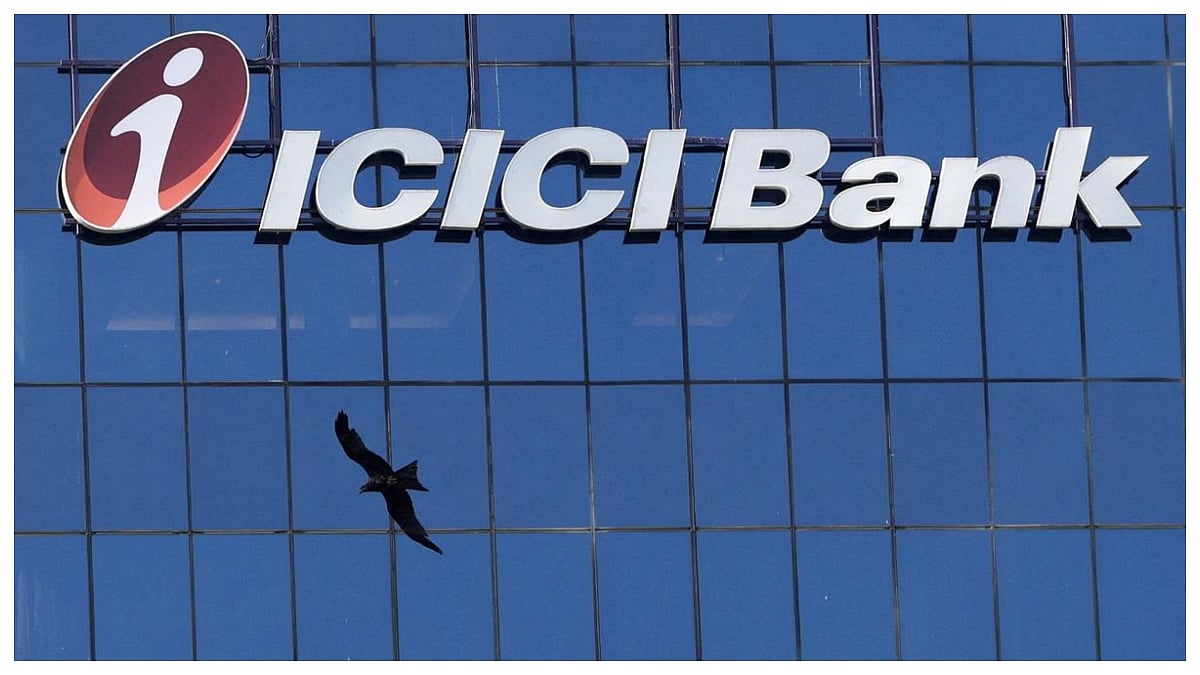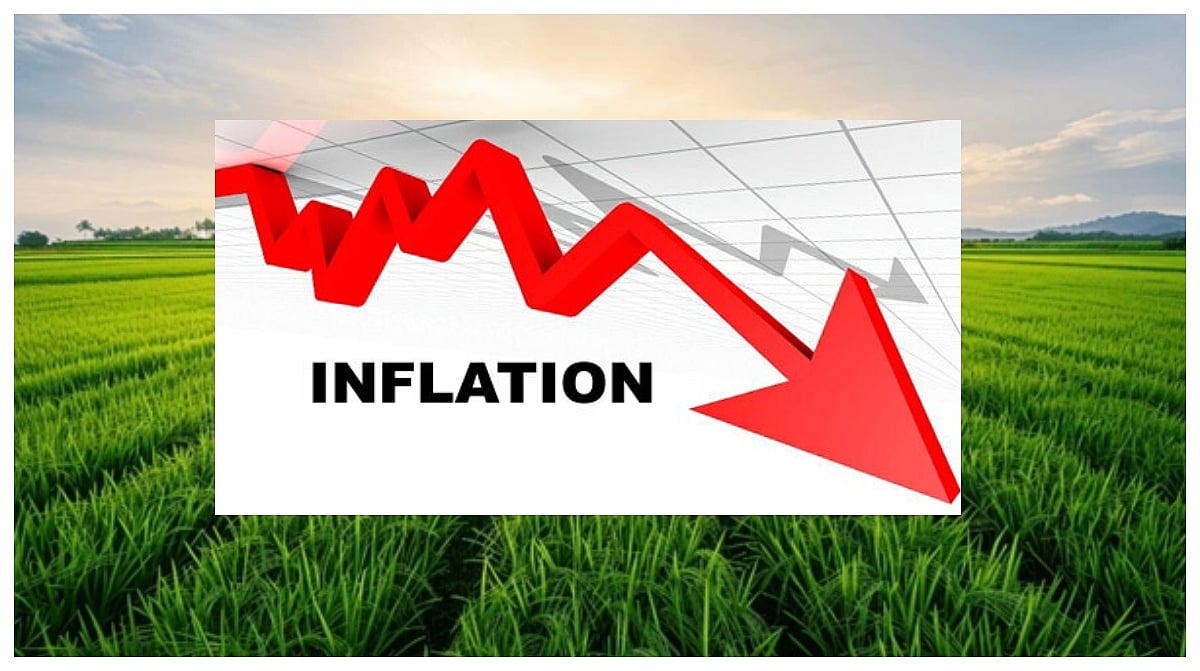New Delhi (India), August 11: Before jumping on the best indicator for options trading, we must understand Options trading. Call and Put options are part of derivatives. So need to understand options trading before using indicators.
What is option trading?
Options buying and selling is a form of trading where people or traders can purchase and sell options contracts. An option is a by-product contract that offers the holder the right, but not the obligation, to buy or sell a specific asset (such as stocks, commodities, or indices) at a predetermined price within a certain time frame.
The definition of the best trading indicator can vary depending on the individual trader’s requirement. However, there are commonly used indicators that pro options traders use for their trading. Here are a few indicators:-
Demand and Supply Indicator by GTF
Options trading is one of the most popular trading instruments among traders due to its high-profit potential, high leverage, versatile strategies, and suitability for volatile markets. Options are derived from underlying asset prices, so we need to understand the direction of the asset’s price before trading. Here demand and supply indicators by GTF come to light, It can help you to understand current trends and volume. It can automatically plot the demand and supply zones to better understand price action. Traders use this indicator to save time and follow the footprint of institutions.
Implied Volatility
Implied Volatility represents the market's anticipation of future price fluctuation in an underlying asset. It's derived by reverse-engineering the level of volatility implied by an option's market price. This metric significantly influences option pricing. Higher Implied Volatility corresponds to increased option premiums, while lower Implied Volatility results in lower premiums. Traders employ Implied Volatility to assess if an option is relatively expensive or inexpensive in relation to its historical volatility, making it a valuable indicator for options trading.
Relative Strength Index (RSI)
The RSI indicator results are based on the average gains and losses over a given time period. Generally, it is 14 days but traders can change it to suit their trading techniques and timeframes.
The RSI values vary from 0 to 100. When the RSI approaches or is above 70, the asset is likely to be overbought and a corrective retreat is possible in the near future. When the RSI reading close or below 30 suggests that the asset is likely to be oversold and the price will likely revert higher.
Put-Call Ratio
Investors and analysts use the Put-Call Ratio, an extensive economic indicator, to determine the current state and potential direction of the stock market. A high (greater than 1) put-to-call ratio suggests that buyers are more eager to buy put options, which may be a sign of market bearishness, and A low (less than 1) put-to-call ratio suggests that buyers are more eager to buy call options, which may be a sign of market bullishness. The Put-Call Ratio is carefully watched by traders because it might provide light on changes in market conditions and potential reversals.
Stochastic
The stochastic is an indicator that analyses the current price in comparison to the price range across a number of periods. Based on this indicator, traders can check the direction of any stock so that they can trade in derivatives of that stock. The idea is that while the trend is upward, the price on the plot, which has a range of 0 to 100, should be reaching new highs. In a slump, the price frequently reaches new lows. The stochastic keeps track of whether this is happening. It employs a scale from 0 to 100. Readings below 20 and above 80 are frequently used to identify oversold and overbought markets, respectively. However, even in the face of a strong trend, a correction or recovery may not necessarily occur.
Conclusion
In conclusion, Using indicators for trading is good unless you are not totally reliable on indicators. First, you need to understand the price action of the stocks and then use indicators for more confirmation. Indicators can save you from making wrong decisions in options trading.










